The Real Deal on Finding a Low-Energy Dog for Your Apartment
So, you live in an apartment and you want a dog. Awesome. But let’s get one thing straight right away, because it’s the biggest myth I’ve had to bust for over twenty years in the dog world.
In this article
It’s not about the dog’s size. It’s about its energy.
Honestly, I’ve seen tiny terriers run families ragged in huge suburban homes, and I’ve seen absolute gentle giants blissfully snoozing in a 700-square-foot city apartment. The secret isn’t finding the smallest dog; it’s about matching the dog’s built-in energy level and personality to your actual lifestyle. This is a 10 to 15-year commitment, not just a cute accessory for your home. It means taking a good, hard look at your schedule, your budget, and how much time you can really give.
In this guide, we’re going to skip the fluffy stuff and get into what I tell my own clients. We’ll look at what actually makes a dog calm, the real-world costs, the grooming hassles, and the training quirks you won’t see in a cute Instagram photo.
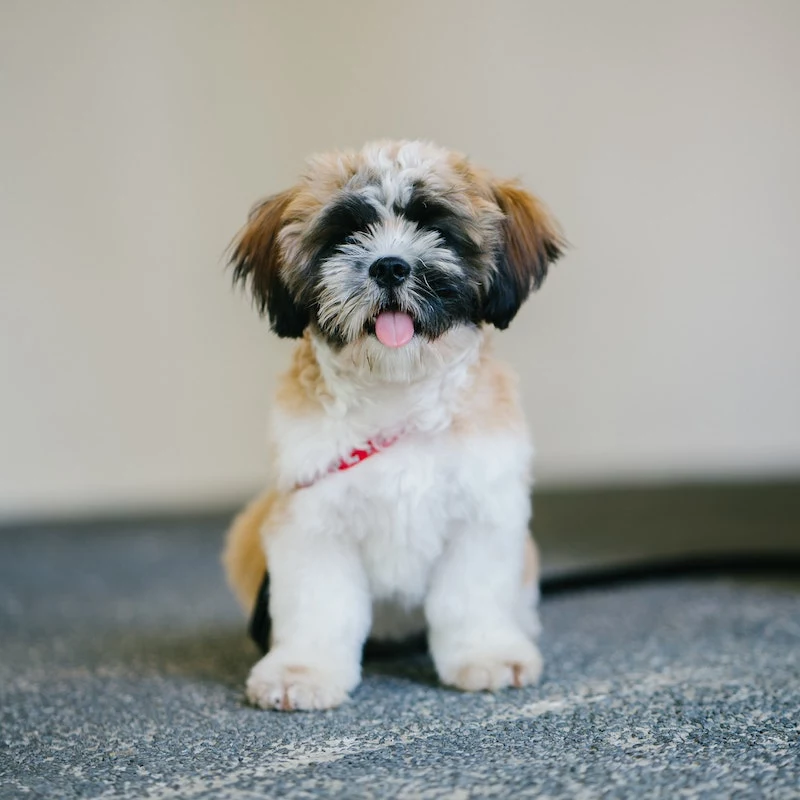
Why Are Some Dogs Just… Chill?
A dog’s temperament isn’t an accident; it’s the result of what they were originally bred to do. This history is basically baked into their DNA and it’s the best clue we have to predict their behavior.
For example, a Border Collie was designed to run for miles, staring down sheep with laser focus. That intense energy doesn’t just vanish because it’s in an apartment—it usually turns into chewing, barking, and general anxiety. But what about dogs bred simply for companionship? Their ‘job’ for generations was to be an affectionate, low-key friend. These are the dogs typically found in what the pros call the Toy and Non-Sporting groups, and they are a fantastic starting point for apartment life.
By the way, you’ll notice many of these calmer breeds are ‘brachycephalic’—that’s the technical term for dogs with short, flat faces like a French Bulldog. Their unique anatomy physically limits their ability to go on long runs. Their airways make it harder to breathe and cool down, so intense exercise can be genuinely dangerous, especially in the summer. This physical limitation is a big reason they have lower energy levels, but it’s also a serious health consideration we need to talk about.

Heads up, though: breed is a guideline, not a guarantee. Every dog is an individual. A pup’s early life experiences and training matter immensely. That’s why connecting with a truly responsible breeder or a reputable rescue is so critical. They’ll know the individual dog’s personality, not just what a book says about the breed.
The Contenders: A Quick Side-by-Side Look
Before we dive deep, here’s a quick rundown to help you compare. Think of this as the ‘at a glance’ summary.
- The French Bulldog: The goofy, charming clown. They aren’t big barkers, which your neighbors will love. But be prepared for their stubborn streak during training and, most importantly, for potentially high vet bills. Pet insurance is a must.
- The Shih Tzu: The ultimate affectionate lap warmer. Their grooming needs are no joke—either you’re brushing daily or paying a groomer regularly. They’re loving but can be tough to house-train.
- The Japanese Chin: A graceful and quiet companion, often described as being cat-like. They’re surprisingly low-maintenance on the grooming front but are sensitive souls who thrive in a calm, predictable home.
- The Lhasa Apso: A dignified and protective little watchdog. They are fiercely loyal but wary of strangers. Their grooming is as demanding as a Shih Tzu’s, and their independent nature requires a patient trainer.
- The Pekingese: The fearless royal who knows their own importance. They have very low energy needs but the highest health risks on this list, especially with breathing. Training them requires the patience of a saint.

Breed Deep Dives: The Good, the Bad, and the Expensive
Alright, let’s get into the nitty-gritty. Here’s the real-world scoop on what it’s like to live with these dogs.
1. The French Bulldog: The Charming, But Costly, Comedian
Frenchies are incredibly popular for a reason. They’re total characters, forming tight bonds with their people and happy with a couple of short walks a day. From my experience, they’re one of the best city dogs… if you have the budget.
Grooming: Their short coat is a breeze, but the real work is in their cute face wrinkles. You have to clean them daily to prevent nasty skin infections. And it’s not hard! A quick 60-second wipe-down is all it takes.
Quick Tip: How to Clean Face Folds
1. Grab a soft, damp cloth or an unscented baby wipe.
2. Gently wipe out any gunk from between the folds.
3. This is the crucial part: Use a dry part of the cloth to make sure the fold is completely dry. Moisture is the enemy here!
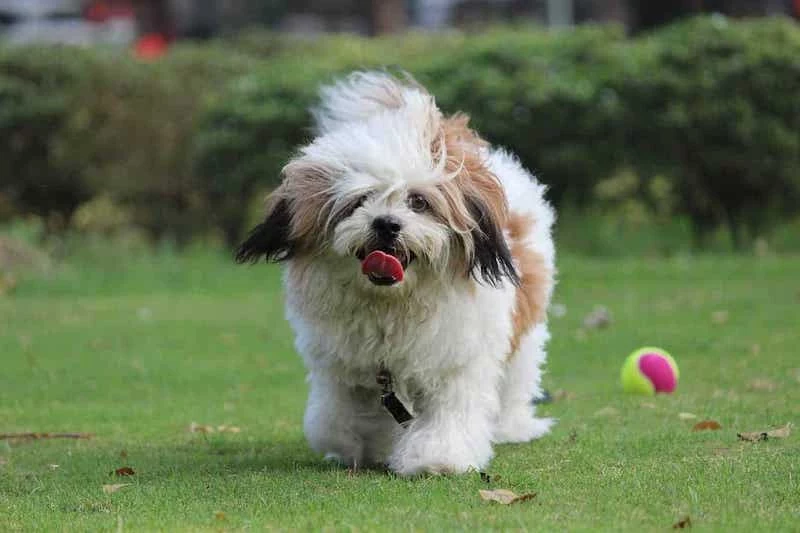
Training: Frenchies are smart but oh-so-stubborn. Positive reinforcement with tasty treats is your best friend; they’ll just shut down if you’re harsh. House-training can also be a slow process, so consistency is everything.
Health & Cost: Okay, let’s talk money. This is the big one. If you get a Frenchie, you MUST get pet insurance on day one. I’m talking about plans that can run $80 to $150 a month. Why? They are prone to Brachycephalic Obstructive Airway Syndrome (BOAS), which can require corrective surgery costing anywhere from $3,000 to $7,000. They’re also prone to allergies and spinal issues. A puppy from a responsible breeder who does all the health checks will likely cost between $4,000 and $7,000. This is not a budget-friendly breed.
2. The Shih Tzu: The Affectionate and Demanding Lap Warmer
Their name means ‘little lion,’ but they are 100% lover, not a fighter. A Shih Tzu’s whole purpose is to love you. They are fantastic for someone who wants a true companion and is ready for the grooming commitment.
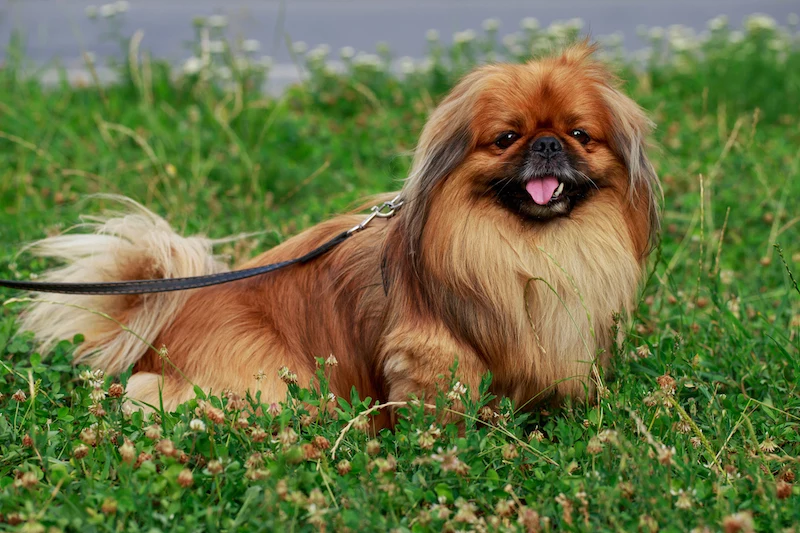
Grooming: That long, beautiful coat is a TON of work. If you keep it long, you are signing up for daily brushing to prevent painful mats. Most owners opt for a ‘puppy cut’ from a professional groomer every 4 to 6 weeks. You need to budget for this—expect it to cost $70 to $120 per visit, depending on where you live.
Training: Like many toy breeds, they can be a pain to house-train. Patience is key. They can also develop ‘small dog syndrome’ if you let them get away with everything, so it’s important to set gentle but clear boundaries.
Health & Cost: Generally healthier than Frenchies, but their large eyes are prone to scratches and their small mouths mean you have to stay on top of dental care. They are still a flat-faced breed, so be careful with them in the heat.
3. The Japanese Chin: The Graceful, Cat-like Companion
I often call this breed a hidden gem. They are quiet, clean, and you’re just as likely to find one perched on the back of the couch as in a dog bed. They’re loyal and loving but prefer a calm, stable household.
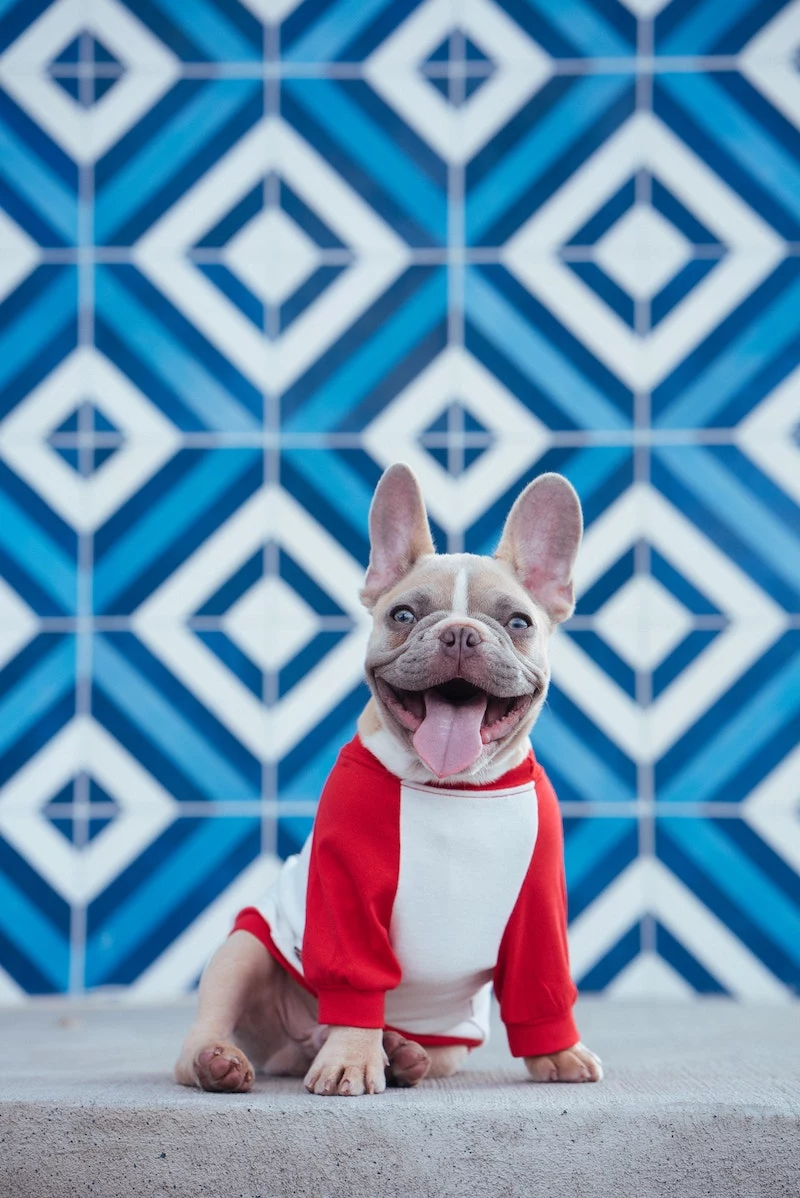
Grooming: Their silky coat looks fancy, but it’s surprisingly easy! It resists matting, so a good brush-through once or twice a week is usually plenty.
Training: Chins are smart, sensitive, and eager to please, which makes them easier to train than many other toy breeds. They respond beautifully to gentle methods.
Health & Cost: They have some known issues like heart murmurs and slipping kneecaps (luxating patellas), which are common in small breeds. And like the others, their big eyes can be prone to injury.
4. The Lhasa Apso: The Dignified and Protective Watchdog
Hailing from Tibetan monasteries, the Lhasa is a watchdog at heart. They are independent, confident, and very protective of their family. They aren’t instantly friendly with strangers; they decide who is worthy.
Grooming: The coat is just like a Shih Tzu’s—a heavy double coat that needs daily brushing or a professional clip every 4-6 weeks. Neglecting this is cruel, as the mats can become incredibly painful.
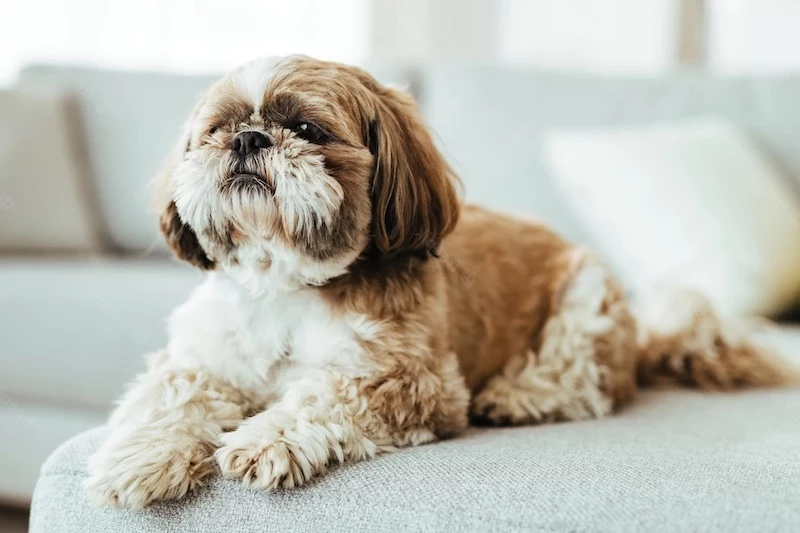
Training: Training a Lhasa requires a great sense of humor. They’re smart, but they’ll always question your motives. You have to convince them that doing what you want is actually their idea. Early and ongoing socialization is non-negotiable to prevent their natural wariness from turning into suspicion or aggression.
Health & Cost: They’re pretty sturdy but can be prone to skin allergies and some hereditary kidney issues. Always ask a breeder if they screen for this.
5. The Pekingese: The Opinionated and Fearless Royal
The Peke was bred for Chinese royalty and, trust me, they haven’t forgotten. They are dignified, stubborn, and completely convinced of their own importance. They are one of the lowest-energy breeds you will ever meet.
Grooming: That thick double coat needs brushing a few times a week to prevent mats. And just like a Frenchie, their facial wrinkles need daily cleaning.
Training: The Pekingese is legendary for its stubbornness. House-training can be a long, drawn-out affair. You need endless patience and high-value rewards.
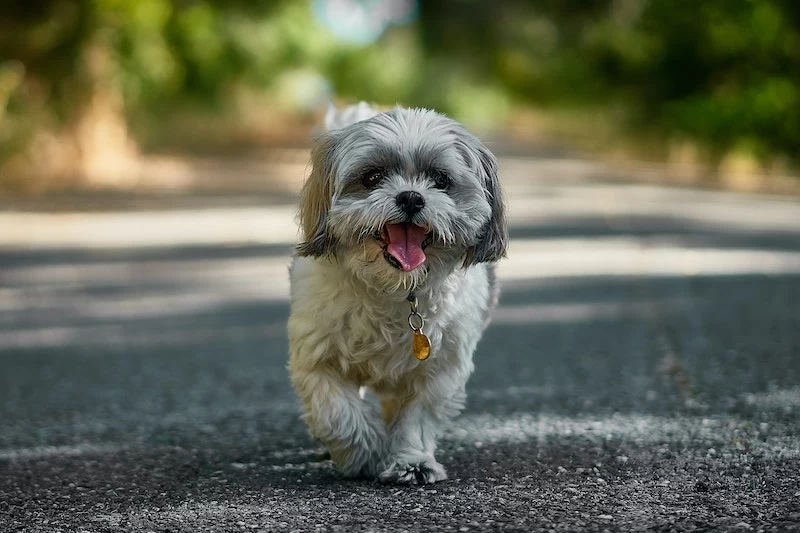
Health & Cost: I cannot stress this enough: this is the most extreme flat-faced breed on the list, and their health needs are significant. They have major breathing difficulties and cannot tolerate heat—an air-conditioned home is a must. Their prominent eyes can also pop out of the socket (proptosis), which is a terrifying medical emergency. Owning a Peke is a serious commitment to managing their health.
Setting Up for Success at Home
Choosing the right breed is just step one. Now you have to create an environment where a calm dog can actually thrive, because a bored dog is a destructive dog, no matter the breed.
Mental vs. Physical Exercise
For these breeds, brain games are often more tiring than a walk. Just 10-15 minutes of mental work can do wonders.
- Puzzle Toys & Snuffle Mats: These make your dog use their brain and nose to find hidden treats. A great way to keep them busy.
- Short Training Sessions: Working on ‘sit’ or a new trick for five minutes reinforces your bond and tires them out mentally.
Can They Be Left Alone?
A common question from apartment dwellers who work. The answer is yes, but you have to prepare them. These companion breeds can be prone to separation anxiety. Crate training is a lifesaver here—teach them that a crate is their safe, cozy den, not a jail. Leave them with a special puzzle toy that they only get when you’re gone. Start with short periods and work your way up. Most can handle a standard workday once they’re settled into a routine.
Your Basic Shopping List
Before you bring your dog home, you’ll need a few things. Here’s a rough budget to get you started:
- Crate: $50 – $100
- Comfy Bed: $40 – $80
- Quality Harness: $30 – $50 (Good to know: a harness is much safer for flat-faced breeds than a collar that pulls on the neck!)
- Puzzle Toys/Snuffle Mat: $20 – $50 to start
- Basic Grooming Supplies: $50 for brushes, nail clippers, and wipes.
A Quick Reality Check: The Puppy Phase
One common pitfall is forgetting that even a so-called ‘calm’ breed is still a puppy for the first year or so. Be prepared for the ‘land shark’ phase. There will be chewing. There will be potty accidents. There will be moments of pure chaos. It’s a temporary phase, but you have to be ready for it!
Final Thoughts: Finding Your Perfect Partner
Bringing a dog into your apartment can be one of the most rewarding decisions of your life. But it’s a partnership. If you can’t stomach the potential vet bills for a French Bulldog, please don’t get one. If you hate the idea of daily grooming, a Shih Tzu will make you both miserable.
I always push people to consider adoption from breed-specific rescues. You can find them by searching online for something like “Pekingese Rescue Network” or “Lhasa Apso Rescue [Your State]”. The amazing thing about these groups is that the dogs have often been in foster homes, so their personalities are already known. They can match you with an adult dog who is already proven to be a perfect, calm apartment dweller.
If you go the breeder route, do your homework. A responsible breeder will show you health clearances for the parents, have a clean and welcoming home, and they will interview you as much as you interview them. Run away from anyone who won’t show you these things or seems to be selling puppies in a hurry.
When you choose a dog whose needs genuinely fit your life, you’re setting yourself up for a beautiful friendship. Good luck!
Inspirational Gallery
What about the noise factor in an apartment?
A dog’s energy level doesn’t always correlate with its tendency to bark. Some low-energy breeds like Basset Hounds are notorious for their loud, baying barks, while others like the Basenji are literally ‘barkless’ (though they make other unique sounds). Before committing, research your preferred breed’s vocal tendencies. Tools like anti-bark collars should be a last resort; consistent training and ensuring your dog’s needs are met is the best way to manage noise for the sake of your neighbors.
A 2018 study by the Royal Veterinary College found that French Bulldogs were 1.59 times more likely to suffer from one or more health disorders in a single year than other dog breeds.
This statistic is a crucial budget consideration. The very features that make a brachycephalic dog like a Frenchie or Pug a low-energy apartment candidate—their flat face and compact body—are linked to costly health issues. Be prepared for potential expenses related to breathing problems (BOAS surgery), skin fold infections, and spinal issues. Investing in a good pet insurance plan, like one from a provider like Trupanion or Healthy Paws, isn’t just a good idea; it’s practically a necessity.
The Senior Shelter Dog Advantage: Often overlooked, a senior dog (7+ years) from a shelter can be the perfect low-energy companion. Their personality is already formed, their energy levels are naturally lower, and they are typically already house-trained. You get to skip the chaotic puppy phase, and their history often provides a clear picture of how they’ll behave in a quiet home environment.
Mental vs. Physical Exercise: A tired dog is a happy dog, but ‘tired’ doesn’t have to mean a 5-mile run. For low-energy breeds, mental stimulation is just as draining and far more important. A 15-minute session with a puzzle feeder like those from Nina Ottosson or a simple ‘snuffle mat’ can be more exhausting than a 30-minute walk. It satisfies their natural instincts to forage and problem-solve, preventing the boredom that leads to destructive behavior.
- A calmer, more predictable dog.
- Fewer instances of separation anxiety.
- Easier potty training and fewer accidents.
The secret? A rock-solid daily routine. Dogs thrive on predictability. Feeding, walking, and even napping at the same times each day provides a sense of security that is especially crucial in a smaller living space where their world is more condensed and centered around you.
Don’t mistake a low-energy dog for a no-maintenance accessory. Grooming is a huge, often underestimated, part of the deal.
When your living space is limited, your dog’s gear becomes part of your decor. Instead of a lumpy plaid bed, consider options that blend in. Brands like Fable Pets offer minimalist crates that double as side tables, while Lay Lo makes dog beds with stylish, washable covers that look like accent pillows. Even something as simple as matching food and water bowls to your kitchen’s hardware can make a huge difference in creating a cohesive, uncluttered look.
The KONG Classic: A durable rubber toy you can stuff with treats. Excellent for power chewers and keeps them occupied for long periods as they work to get the food out.
A LickiMat: A flat, textured mat where you spread soft foods like yogurt or peanut butter. It encourages licking, a self-soothing behavior for dogs, and is a lower-intensity, calming activity.
Both are fantastic for quiet time, but the KONG is for ‘active’ quiet play, while the LickiMat is for ‘calming’ quiet play.
Before you even bring your dog home, get on your hands and knees to see your apartment from their perspective. This simple exercise will reveal a world of potential hazards you might have missed.
- Secure loose electrical cords and charging cables; they look like chew toys.
- Check that your houseplants aren’t toxic to dogs (lilies, sago palms, and tulips are common culprits).
- Move cleaning supplies and chemicals from lower cabinets to higher shelves.
- Ensure balcony railings are secure and the gaps are too small for your dog to slip through.










